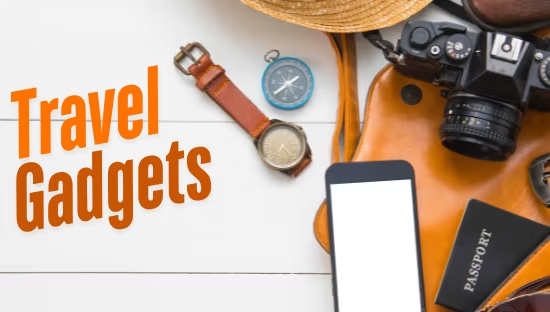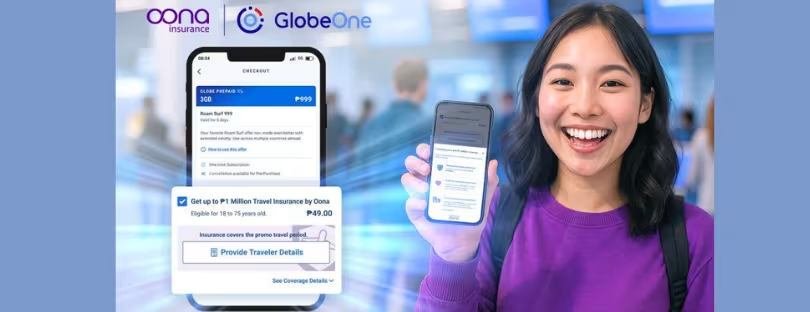
Impact of data throttling on roaming experiences and how to overcome it
As the world becomes increasingly interconnected, traveling across borders has become more common than ever before. However, for frequent travelers, issues related to data speed reductions or data throttling while roaming can pose significant challenges. Network operators often resort to throttling data speeds for users who cross specific data usage thresholds or are roaming in particular regions, intending to manage network congestion and control excessive data usage. data throttling on roaming
Data throttling during roaming can significantly impact the roaming experience of travelers. Data throttling is the practice of reducing the data speed or bandwidth for users who exceed certain data usage thresholds or are roaming in specific regions. It is implemented by network operators to manage network congestion and prevent excessive data usage.
However, it can result in slower data speeds and hinder the ability to use data-intensive applications or services while roaming. Here, we’ll discuss the impact of data throttling on roaming experiences and some strategies to overcome it.
- Reduced Data Speeds: Data throttling can result in significantly slower data speeds for users who have exceeded certain usage limits or are in areas where throttling is implemented. This can lead to sluggish loading times, buffering issues, and overall poor browsing experiences. Travelers may find it frustrating to access online content, use data-dependent apps, or engage in video calls with throttled speeds.
- Impacted App Performance: Data throttling can impact the performance of data-intensive applications such as video streaming, file downloads, or cloud services. Slower data speeds can result in lower-resolution videos, interrupted streaming, and prolonged download times. This can hinder the ability to access multimedia content or perform critical tasks that require a stable and fast internet connection.
- Limitations in Real-Time Applications: Data throttling can affect real-time applications that require instant data transmissions, such as video conferencing, online gaming, or voice-over-IP (VoIP) calls. The reduced data speeds can lead to delays, poor audio/video quality, and disrupted communication, impacting the overall user experience.
To overcome the impact of data throttling on roaming experiences, travelers can consider the following strategies: data throttling on roaming
- Monitor Data Usage: Keep track of your data usage to avoid reaching the threshold that triggers data throttling. Many smartphones have built-in data monitoring features or apps that allow you to monitor your data consumption. By staying within the allocated data limits, you can minimize the likelihood of experiencing data throttling.
- Optimize Data Usage: Make efficient use of your data by reducing unnecessary data consumption. This includes disabling auto-play videos, downloading content for offline use when connected to Wi-Fi, using data-saving modes in apps, and closing background apps that consume data. By optimizing data usage, you can make the most of your allocated data quota and potentially delay or avoid data throttling.
- Consider Roaming Plans: Check with your home network operator or local network operators at your destination for roaming plans that provide higher data allowances or exclude data throttling. Some operators offer premium roaming packages that prioritize data speed and provide larger data quotas, allowing travelers to have an uninterrupted and faster data experience while roaming.
- Seek Wi-Fi Connections: Utilize Wi-Fi connections whenever available to bypass data throttling altogether. Connect to trusted Wi-Fi networks, such as those in hotels, cafes, or public areas, to access high-speed internet without relying on cellular data. This can help overcome the limitations imposed by data throttling and provide faster data speeds for browsing, streaming, and other data-intensive activities.
- Use a Virtual Private Network (VPN): A VPN can help bypass data throttling to some extent. By encrypting your internet traffic, a VPN can make it difficult for network operators to identify specific data usage patterns and potentially bypass throttling restrictions. However, it’s important to note that not all VPNs can successfully overcome data throttling, as some network operators may still identify and throttle VPN traffic.
Conclusion data throttling on roaming
In closing, data throttling while roaming can greatly impact the experience of travelers, causing slowed data speeds and reduced performance of apps that depend heavily on data. However, there are multiple strategies travelers can adopt to manage and potentially overcome the effects of data throttling. By carefully monitoring data usage, optimizing how data is consumed, considering different roaming plans, making use of available Wi-Fi connections, and potentially employing a Virtual Private Network (VPN), travelers can mitigate the negative impacts of data throttling. It’s important for individuals to be aware of their network operator’s data throttling policies and consult with them on the best strategies to handle such situations. Through these methods, travelers can enjoy a more seamless and satisfactory roaming experience, irrespective of their geographic location.









